Home>Renovation & DIY>Home Renovation Guides>How To Organize A Lab
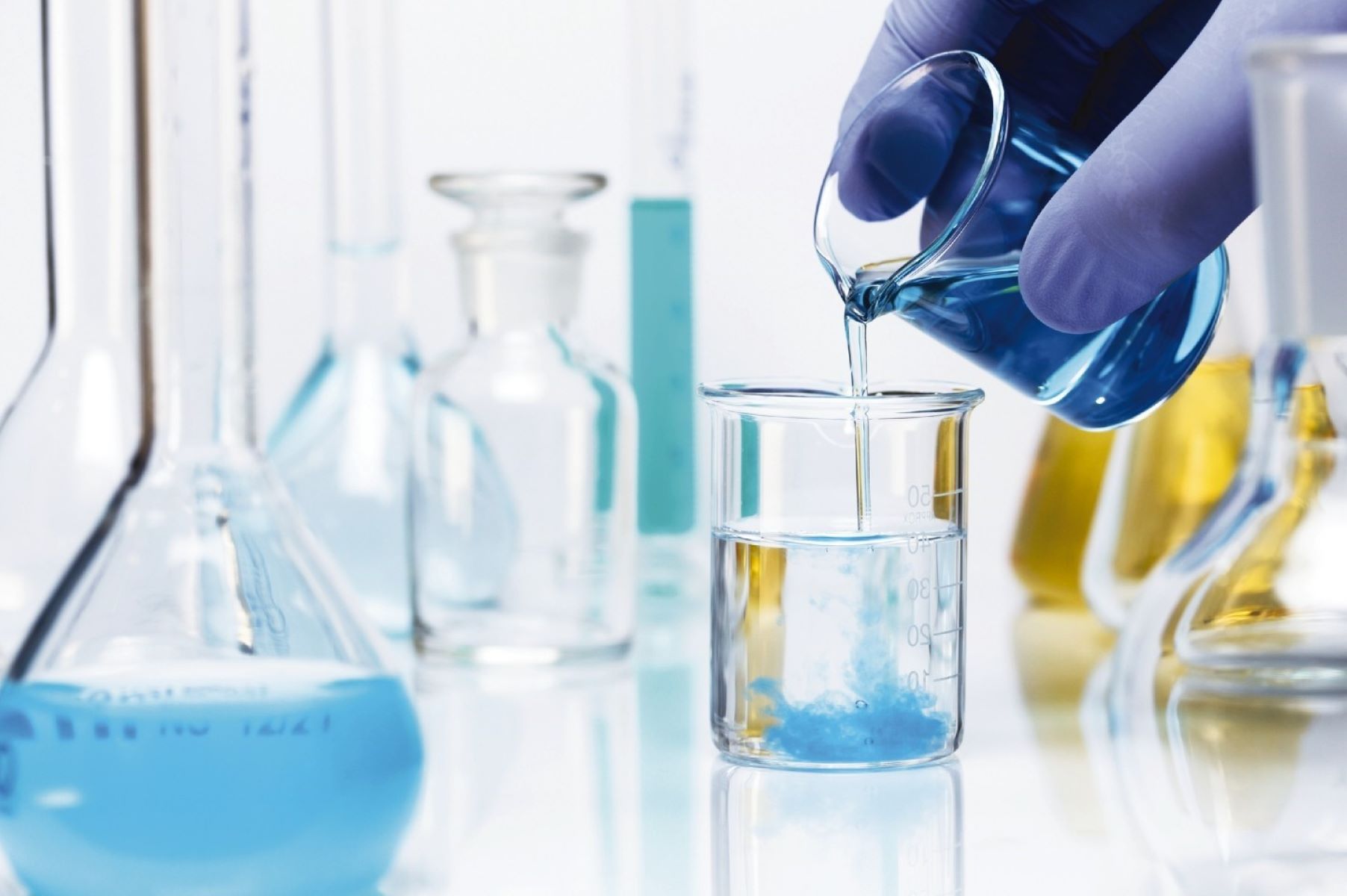

Home Renovation Guides
How To Organize A Lab
Published: March 2, 2024
Discover expert tips and guides on organizing a lab at home. Get practical advice for your home renovation project. Start your DIY journey today!
(Many of the links in this article redirect to a specific reviewed product. Your purchase of these products through affiliate links helps to generate commission for Storables.com, at no extra cost. Learn more)
Introduction
So, you've got a lab space, and you're ready to get it organized. Whether it's a home science lab, a classroom lab, or a professional research lab, keeping things organized is crucial for efficiency, safety, and productivity. In this article, we'll cover everything you need to know about organizing a lab effectively. From setting up equipment to managing inventory and data, we've got you covered. Let's dive in and get your lab in tip-top shape!
Key Takeaways:
- Keep your lab organized by setting up equipment, implementing safety protocols, and optimizing layout. This promotes efficiency, safety, and a professional workspace for all lab activities.
- Effective inventory and data management, coupled with regular cleaning and maintenance, ensure smooth lab operations and support ongoing research endeavors. Prioritize safety, organization, and cleanliness for a successful lab environment.
Read more: How To Organize Lab Notebook
Setting Up Equipment
Setting up equipment in a lab is a crucial step in creating a functional and efficient workspace. Here are some essential tips to consider when organizing your lab equipment:
-
Assess Your Needs: Before setting up your lab equipment, assess the specific needs of your lab. Consider the type of experiments or work that will be conducted in the lab and ensure that the equipment you acquire aligns with these needs.
-
Create Workstations: Designate specific areas for different types of experiments or tasks. This will help streamline workflow and prevent clutter and confusion.
-
Proper Placement: Ensure that each piece of equipment is placed in an appropriate location. For example, place frequently used items within easy reach, while storing less frequently used items in designated storage areas.
-
Labeling: Clearly label all equipment, storage areas, and workstations. This will help prevent mix-ups and ensure that everything is returned to its proper place after use.
-
Safety Considerations: When setting up equipment, prioritize safety. Ensure that all equipment is properly installed and that safety protocols are in place. This includes securing equipment to prevent tipping, ensuring proper ventilation, and providing adequate space around each piece of equipment.
By following these tips, you can effectively set up your lab equipment in a way that promotes efficiency, safety, and organization.
Safety Protocols
Safety protocols are paramount in any lab setting to ensure the well-being of everyone involved. Here are some essential safety protocols to consider when organizing your lab:
-
Personal Protective Equipment (PPE): Provide and enforce the use of appropriate PPE, such as lab coats, gloves, safety goggles, and closed-toe shoes. This helps protect individuals from potential hazards and chemical splashes.
-
Emergency Equipment and Exits: Ensure that emergency equipment, such as fire extinguishers, eye wash stations, and safety showers, are easily accessible and that exits are clearly marked and unobstructed.
-
Chemical Storage: Implement a proper chemical storage system, including labeling, segregation of incompatible chemicals, and ensuring that hazardous substances are stored in appropriate containers.
-
Equipment Maintenance: Regularly inspect and maintain lab equipment to ensure that it is in good working condition. This includes checking for frayed cords, leaks, and any signs of wear and tear.
-
Training and Education: Provide comprehensive training on lab safety protocols for all individuals working in the lab. This should include proper handling of chemicals, emergency procedures, and the use of safety equipment.
-
Waste Disposal: Establish clear guidelines for the disposal of hazardous waste, including proper labeling, storage, and disposal methods in compliance with local regulations.
By implementing these safety protocols, you can create a safe and secure lab environment for all occupants. Safety should always be a top priority when organizing and maintaining a lab space.
Lab Layout and Organization
When it comes to lab layout and organization, careful planning and attention to detail are essential for creating an efficient and functional workspace. Here are some key considerations for optimizing your lab's layout and organization:
-
Workflow Analysis: Before finalizing the layout of your lab, conduct a thorough analysis of the workflow. Identify the sequence of tasks and movements that occur in the lab and design the layout to facilitate a smooth and logical workflow. This may involve grouping related tasks together and ensuring that the flow of work is intuitive.
-
Workstation Design: Create dedicated workstations for specific tasks or experiments. Each workstation should be equipped with the necessary tools, equipment, and supplies to minimize the need for individuals to move around the lab during experiments. This not only enhances efficiency but also reduces the risk of cross-contamination.
-
Storage Solutions: Implement a comprehensive storage system to keep supplies, equipment, and chemicals organized and easily accessible. Utilize shelving, cabinets, and storage bins to categorize and store items based on their use and frequency of access. Proper labeling of storage areas is crucial for quick identification of items.
-
Traffic Flow: Consider the movement of personnel within the lab space. Ensure that there are clear pathways and that workstations and equipment are arranged to allow for unobstructed movement. This is particularly important in busy or crowded lab environments.
-
Ergonomics: Pay attention to the ergonomic design of workstations and equipment placement. Ensure that work surfaces are at appropriate heights, chairs are adjustable, and that individuals can work comfortably without strain or discomfort.
-
Flexibility and Adaptability: Design the lab layout with flexibility in mind. As research needs and projects evolve, the lab should be adaptable to accommodate changes in equipment, personnel, and workflow. Modular furniture and adjustable shelving can facilitate this adaptability.
-
Aesthetics and Cleanliness: While functionality is paramount, the aesthetic appeal and cleanliness of the lab should not be overlooked. A well-organized and visually appealing lab can contribute to a positive work environment and boost morale among lab personnel.
By carefully considering these aspects of lab layout and organization, you can create a workspace that promotes efficiency, safety, and productivity. A well-organized lab not only enhances the quality of work conducted within it but also contributes to a positive and professional image.
Label all equipment, chemicals, and samples clearly with their names, dates, and any important information. This will help you stay organized and prevent any mix-ups or confusion during experiments.
Inventory Management
Effective inventory management is essential for maintaining a well-organized and functional lab. Proper management of lab supplies, chemicals, and equipment ensures that resources are utilized efficiently and that experiments and research activities can proceed without unnecessary delays. Here are some key strategies for effective inventory management in a lab setting:
-
Inventory Tracking System: Implement a robust inventory tracking system to monitor the usage, replenishment, and expiration of lab supplies and chemicals. This can be achieved through the use of specialized inventory management software or even a simple spreadsheet. Each item should be clearly labeled and assigned a unique identifier for easy tracking.
-
Categorization and Labeling: Categorize and label all inventory items based on their type, usage, and storage requirements. This facilitates quick and accurate identification of items and helps prevent mix-ups. For chemicals, ensure that proper labeling includes hazard information, expiration dates, and storage requirements.
-
Replenishment Protocols: Establish clear protocols for replenishing inventory items. This may involve setting reorder points for critical supplies, conducting regular inventory audits, and coordinating with suppliers to ensure timely restocking. By staying proactive, you can avoid running out of essential supplies.
-
Storage Optimization: Organize storage areas to optimize space and ensure that items are stored in accordance with their specific requirements. This includes segregating chemicals based on compatibility, storing fragile items in secure locations, and maintaining proper ventilation and temperature control for sensitive materials.
-
Usage Monitoring: Track the usage of inventory items to identify patterns and trends. This can help in forecasting future needs and adjusting inventory levels accordingly. Additionally, monitoring usage can reveal inefficiencies or excessive waste, prompting the implementation of more efficient practices.
-
Waste Management: Develop a waste management plan for the disposal of expired or unusable inventory items. This should adhere to regulatory guidelines and safety protocols for handling and disposing of hazardous materials. Proper waste management contributes to a safe and environmentally responsible lab environment.
-
Collaboration and Communication: Foster collaboration and communication among lab personnel regarding inventory management. Encourage the reporting of inventory issues, such as shortages or overstocking, and establish clear channels for requesting and approving new inventory purchases.
By implementing these inventory management strategies, you can ensure that your lab operates smoothly and efficiently. A well-maintained inventory not only supports the ongoing work within the lab but also contributes to a safe and organized work environment for all personnel.
Read more: What Are Lab Countertops Made Of
Data Management
Data management is a critical aspect of organizing a lab, particularly in research and scientific environments where the collection, storage, and analysis of data are fundamental to the work conducted. Here are essential strategies for effective data management in a lab setting:
-
Data Collection Protocols: Establish clear protocols for the collection of data, including standardized formats, recording methods, and documentation procedures. Consistency in data collection is crucial for ensuring the accuracy and reliability of the information gathered.
-
Data Storage and Security: Implement secure and reliable data storage systems to safeguard research findings, experimental results, and other critical data. This may involve utilizing encrypted digital storage, cloud-based solutions, or physical data repositories. Access controls and backup procedures should be in place to prevent data loss and unauthorized access.
-
Organized Data Repositories: Organize data repositories in a systematic and easily accessible manner. This includes categorizing data based on projects, experiments, or research areas, and maintaining clear labeling and indexing for quick retrieval when needed.
-
Data Analysis Tools: Provide access to appropriate data analysis tools and software for researchers and lab personnel. This may involve licensing specialized software or providing training on the use of data analysis tools to ensure that data can be effectively processed and interpreted.
-
Version Control and Documentation: Implement version control mechanisms to track changes and updates to datasets. Additionally, maintain comprehensive documentation of data sources, methodologies, and any modifications made to the original data. This promotes transparency and reproducibility in research.
-
Data Sharing and Collaboration: Facilitate data sharing and collaboration among researchers within the lab. Establish protocols for sharing data internally while ensuring compliance with data privacy and intellectual property regulations. Collaboration platforms and secure communication channels can support effective data sharing.
-
Compliance and Ethics: Adhere to ethical guidelines and regulatory requirements for data management, particularly in fields involving human subjects or sensitive information. Ensure that data handling practices align with institutional policies and legal standards.
-
Data Retention and Disposal: Develop a data retention policy outlining the duration for which data should be retained and the procedures for secure data disposal when it is no longer needed. This includes considerations for data archiving and purging obsolete datasets.
By implementing robust data management practices, labs can ensure the integrity, accessibility, and security of their research data. Effective data management not only supports ongoing research activities but also contributes to the credibility and impact of scientific findings.
Cleaning and Maintenance
Maintaining a clean and well-maintained lab environment is essential for promoting safety, preventing contamination, and prolonging the lifespan of equipment and facilities. Here are key strategies for effective cleaning and maintenance in a lab setting:
-
Regular Cleaning Schedule: Establish a comprehensive cleaning schedule that outlines routine tasks such as surface disinfection, equipment cleaning, and waste disposal. Assign responsibilities to lab personnel to ensure that cleaning tasks are consistently performed.
-
Use of Appropriate Cleaning Agents: Select cleaning agents and disinfectants that are suitable for the specific surfaces and equipment in the lab. Different areas may require different cleaning solutions to ensure effective sanitation without causing damage.
-
Equipment Maintenance Protocols: Develop maintenance protocols for lab equipment, including regular inspections, calibration, and servicing as needed. This helps prevent equipment malfunctions and ensures accurate and reliable performance.
-
Spill Response Procedures: Implement clear procedures for responding to spills of hazardous materials. This includes providing spill kits, training personnel on proper spill containment and cleanup, and reporting protocols for incidents.
-
Ventilation and Air Quality: Maintain ventilation systems to ensure proper air circulation and filtration within the lab. Regularly replace filters and conduct air quality assessments to minimize exposure to airborne contaminants.
-
Waste Management and Disposal: Adhere to proper waste management practices for the disposal of non-hazardous and hazardous waste. Segregate waste streams, label containers appropriately, and coordinate with waste disposal services to ensure compliance with regulations.
-
Instrument Decontamination: Establish protocols for the decontamination of instruments and equipment after use. This may involve sterilization, autoclaving, or other decontamination methods to prevent cross-contamination and ensure the integrity of experimental results.
-
Floor and Surface Maintenance: Regularly clean and maintain floors, benches, and work surfaces to prevent the accumulation of dust, spills, and debris. Use appropriate cleaning methods for different surface materials to avoid damage.
-
Pest Control Measures: Implement pest control measures to prevent infestations that can compromise the cleanliness and safety of the lab. This may involve regular inspections, sealing entry points, and the use of non-toxic pest control methods.
-
Documentation and Compliance: Maintain records of cleaning and maintenance activities, including dates of cleaning, equipment servicing, and any incidents requiring cleanup. Ensure that cleaning practices align with regulatory standards and institutional guidelines.
By prioritizing cleaning and maintenance in the lab, you can create a safe, hygienic, and well-functioning environment for research and experimentation. Regular upkeep and sanitation not only contribute to the longevity of lab facilities and equipment but also support the health and well-being of lab personnel.
Conclusion
In conclusion, organizing a lab is a multifaceted endeavor that encompasses various aspects, including equipment setup, safety protocols, lab layout, inventory management, data management, and cleaning and maintenance. By carefully considering each of these elements and implementing the recommended strategies, lab managers and personnel can create an environment that promotes efficiency, safety, and productivity.
Effective organization of lab equipment and workstations, coupled with robust safety protocols, ensures that experiments and research activities can be conducted without compromising the well-being of individuals. Additionally, thoughtful lab layout and organization contribute to a streamlined workflow and a professional, visually appealing workspace.
Proper inventory and data management are essential for maintaining the necessary resources and ensuring the integrity of research findings. By implementing inventory tracking systems and secure data storage solutions, labs can optimize their operations and support ongoing research endeavors.
Finally, prioritizing cleaning and maintenance in the lab environment contributes to a safe and hygienic workspace, prolongs the lifespan of equipment, and minimizes the risk of contamination.
By addressing these key areas of lab organization, individuals and organizations can create an environment that fosters innovation, collaboration, and scientific advancement. A well-organized lab not only supports the work conducted within it but also reflects a commitment to excellence and professionalism in scientific endeavors.
Frequently Asked Questions about How To Organize A Lab
Was this page helpful?
At Storables.com, we guarantee accurate and reliable information. Our content, validated by Expert Board Contributors, is crafted following stringent Editorial Policies. We're committed to providing you with well-researched, expert-backed insights for all your informational needs.
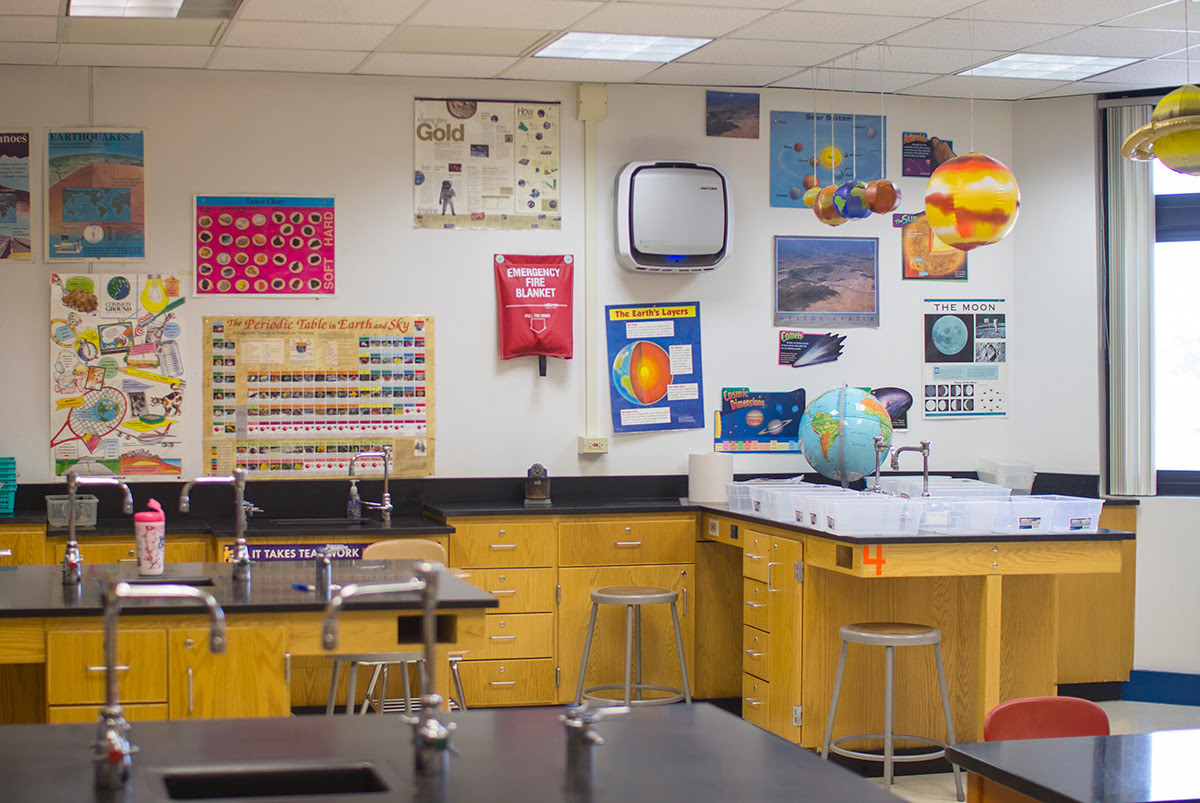
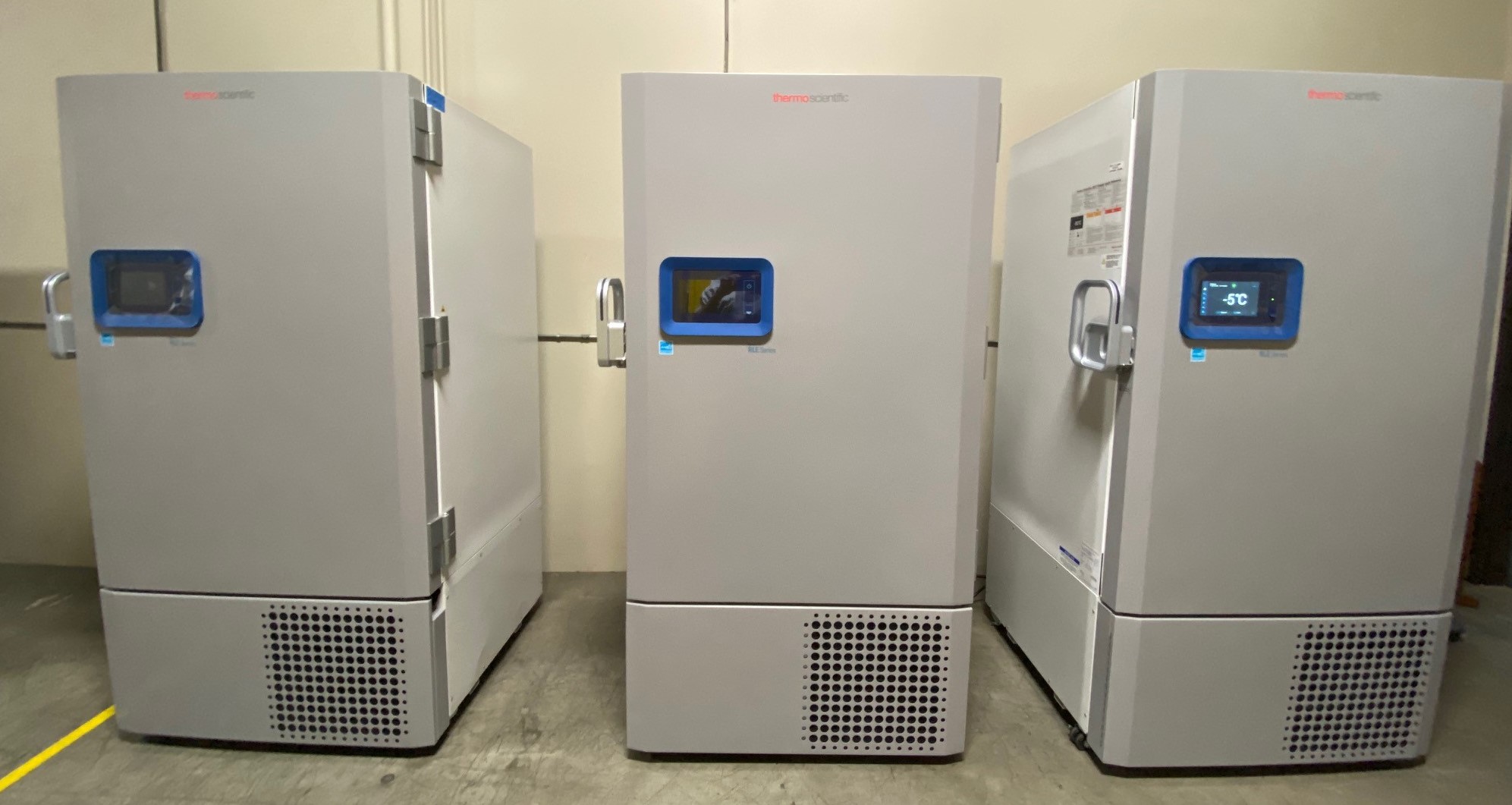
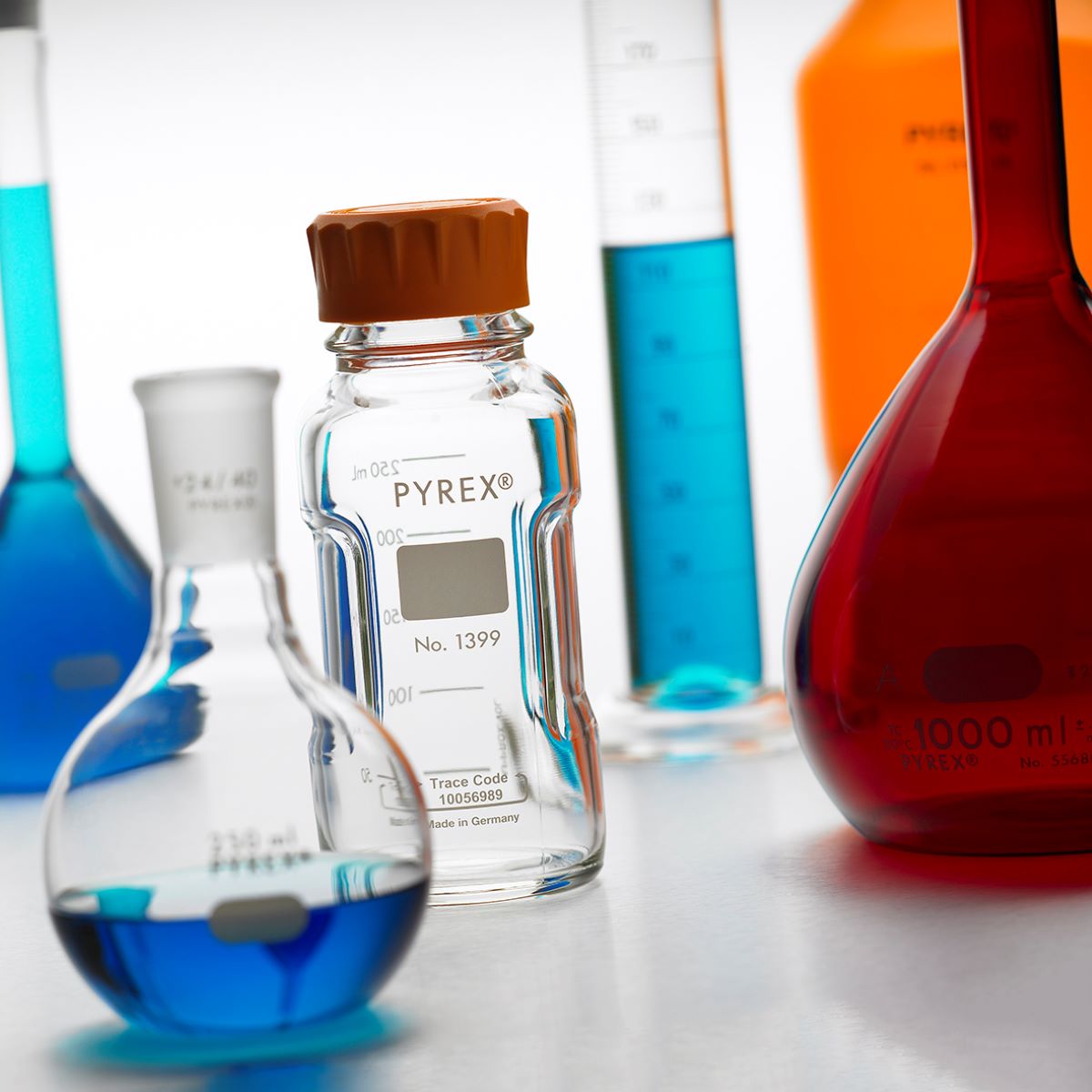
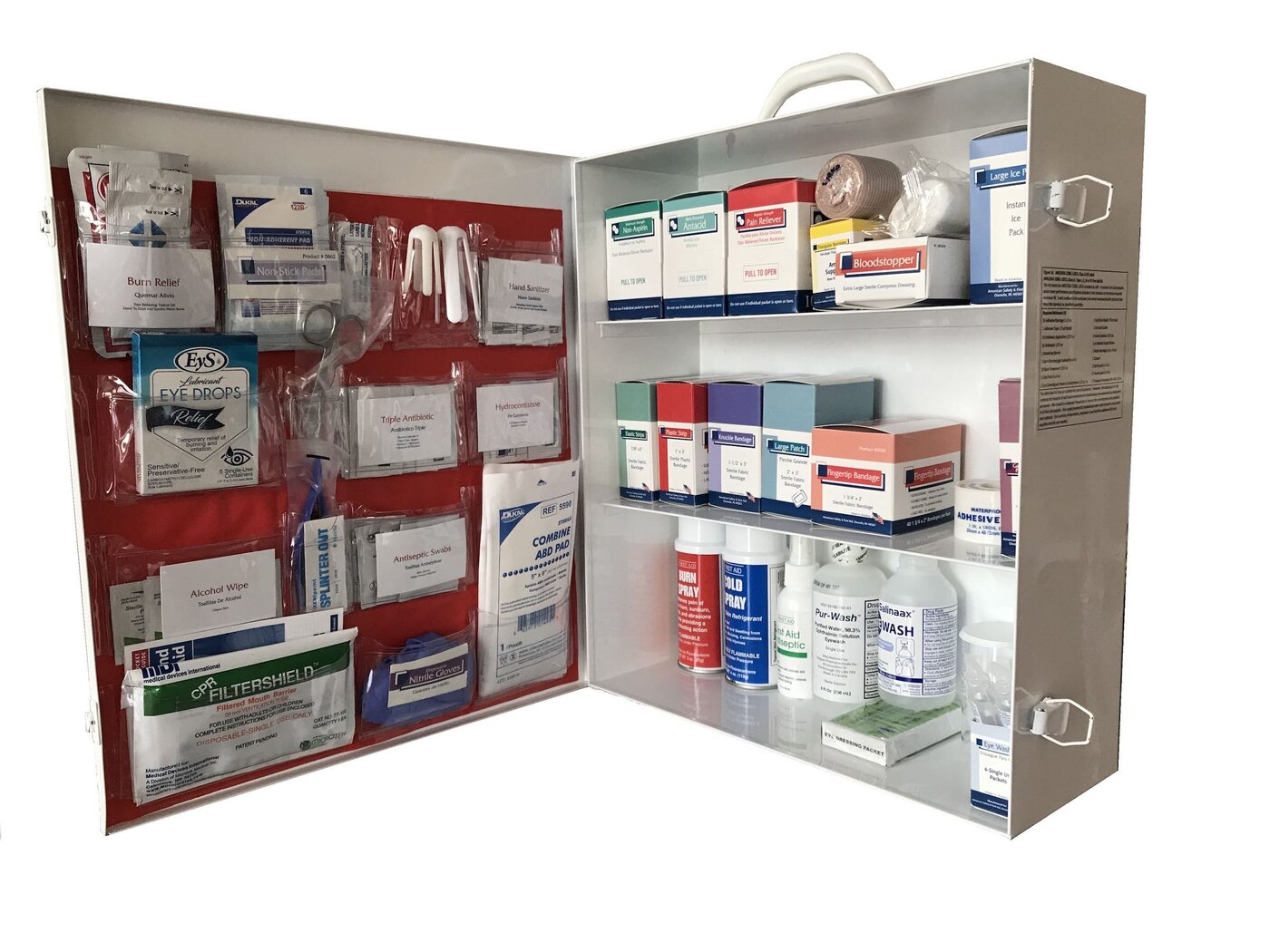
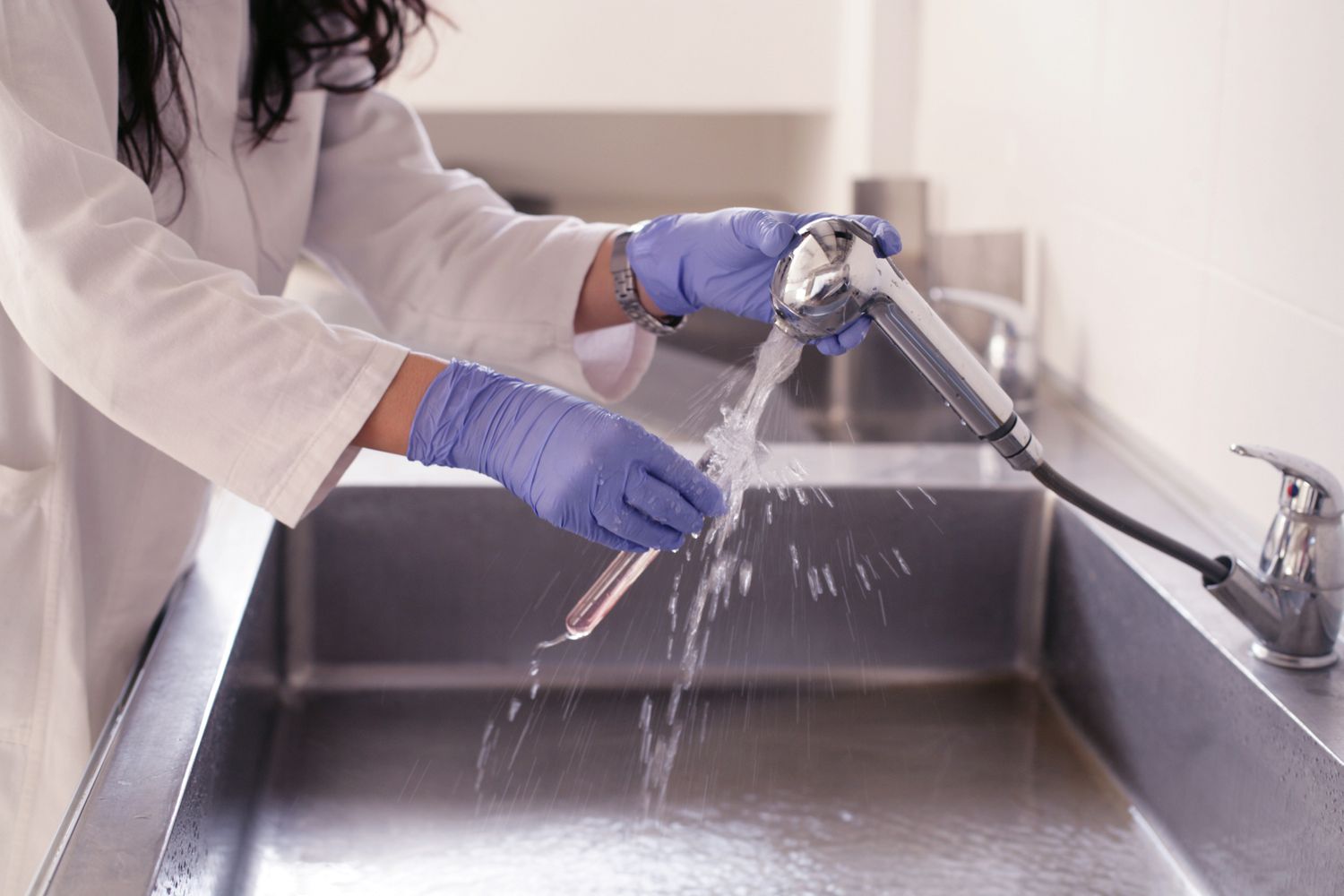
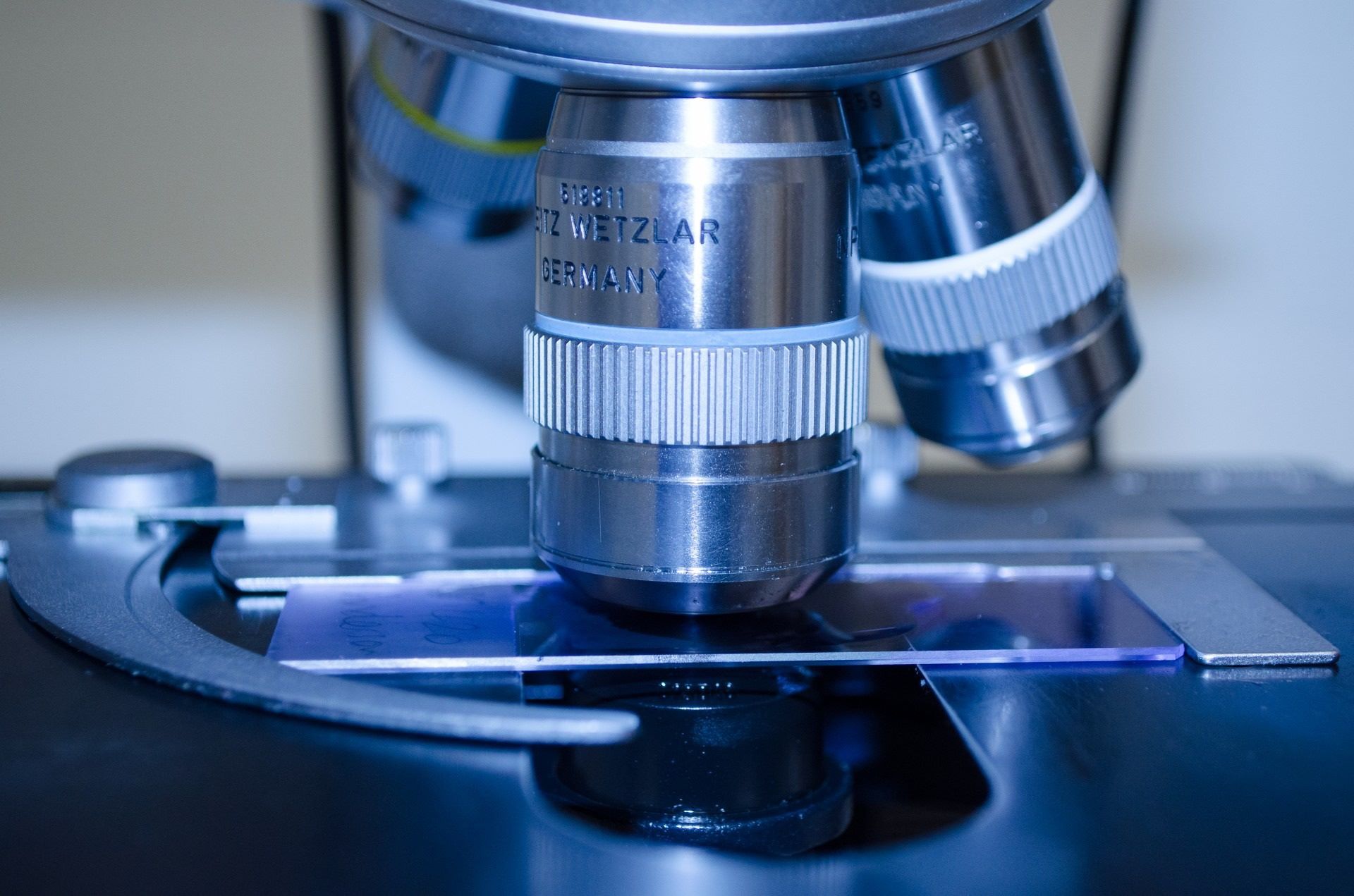


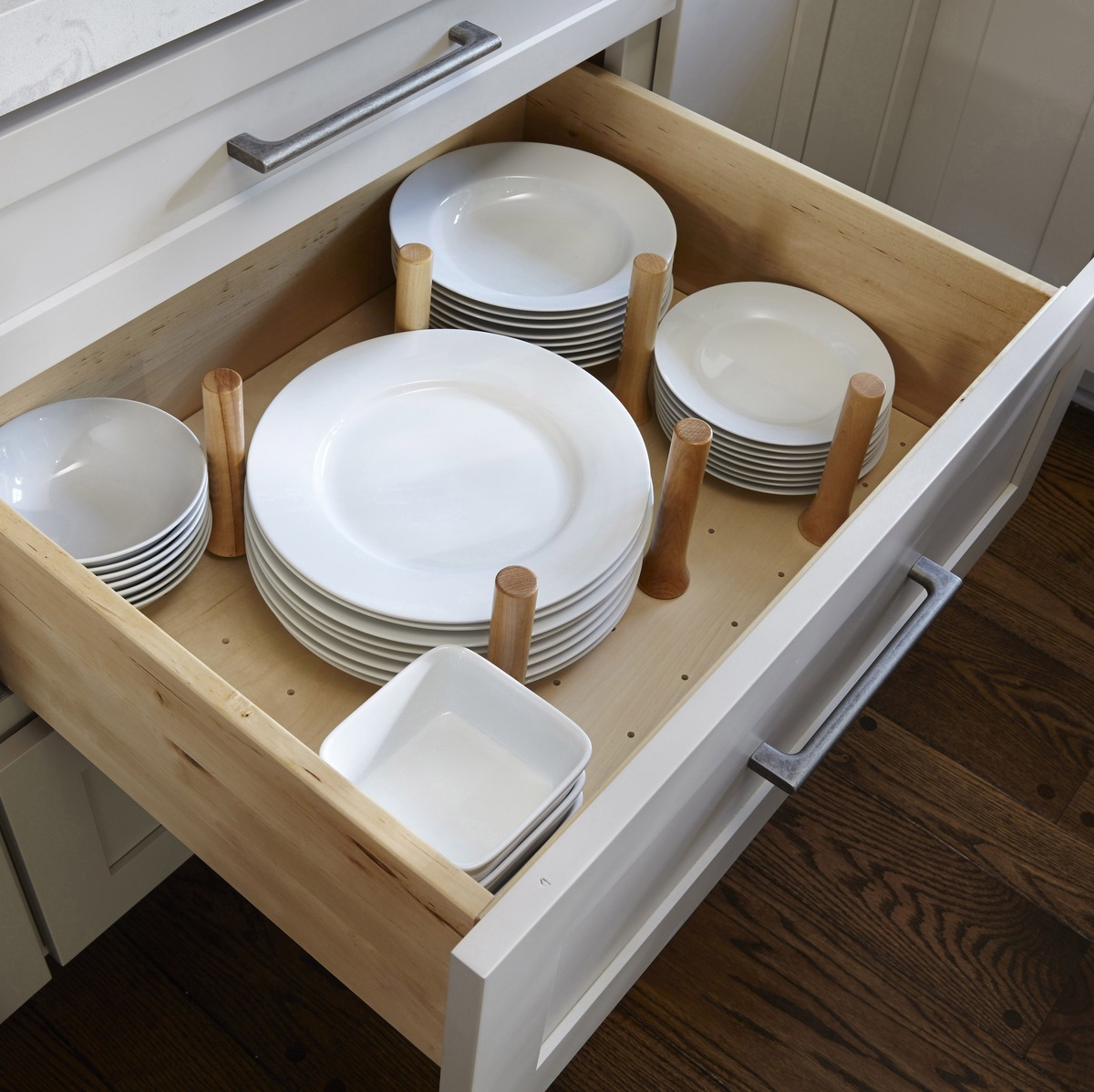


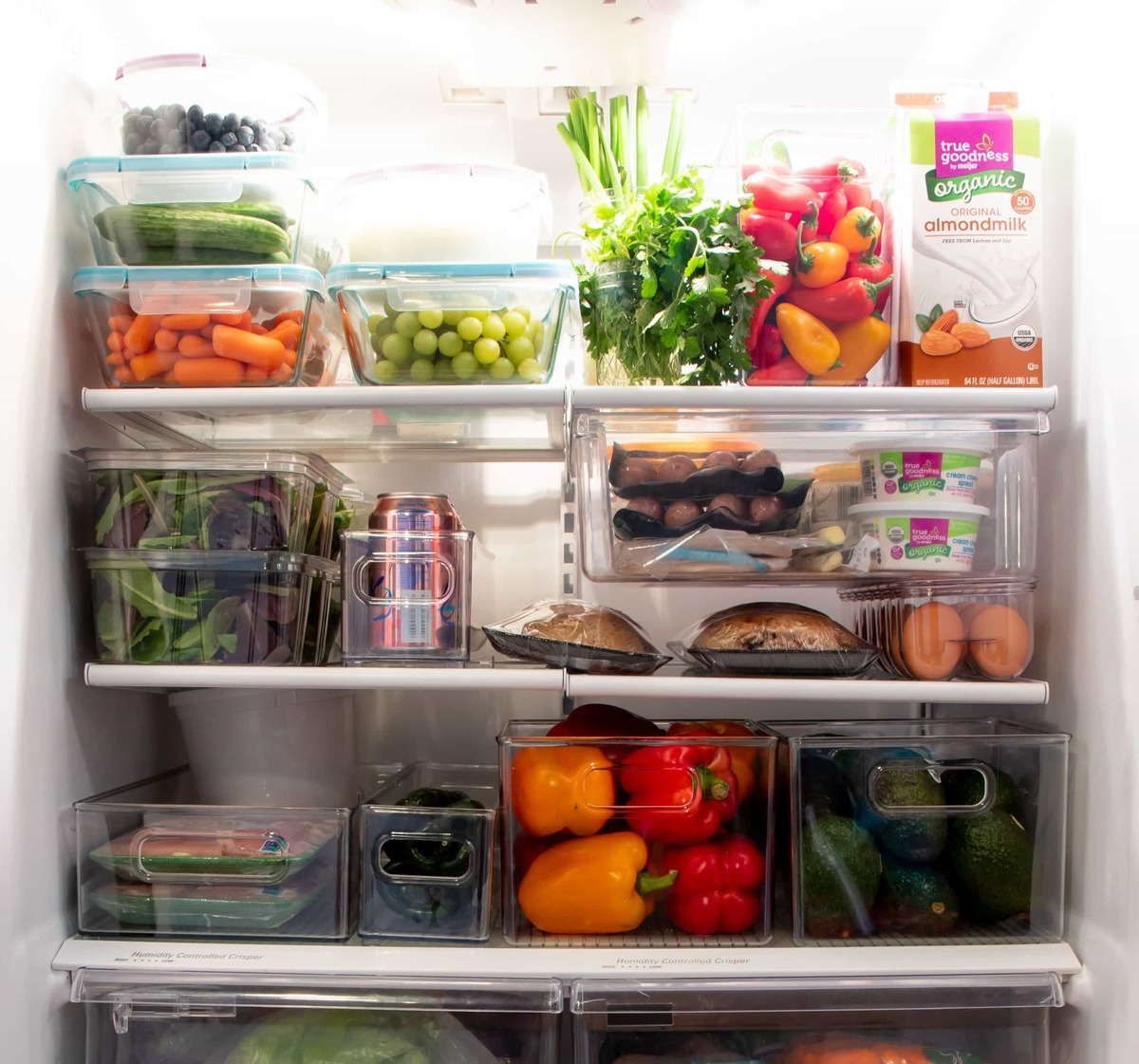



0 thoughts on “How To Organize A Lab”